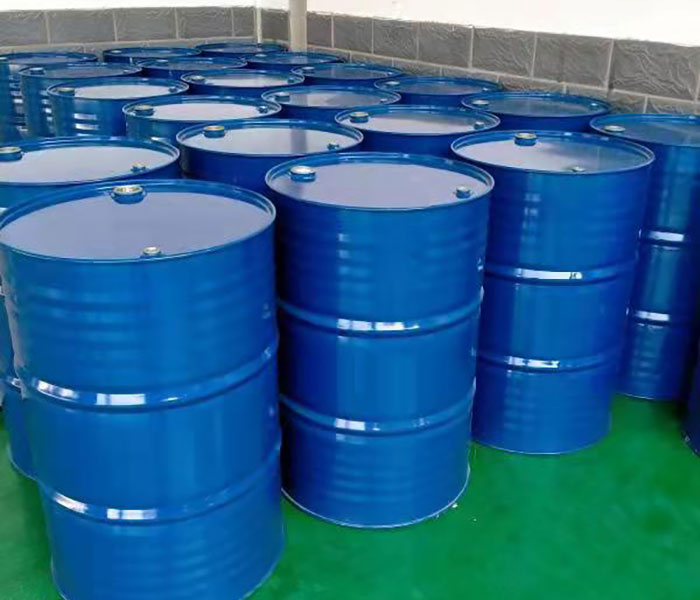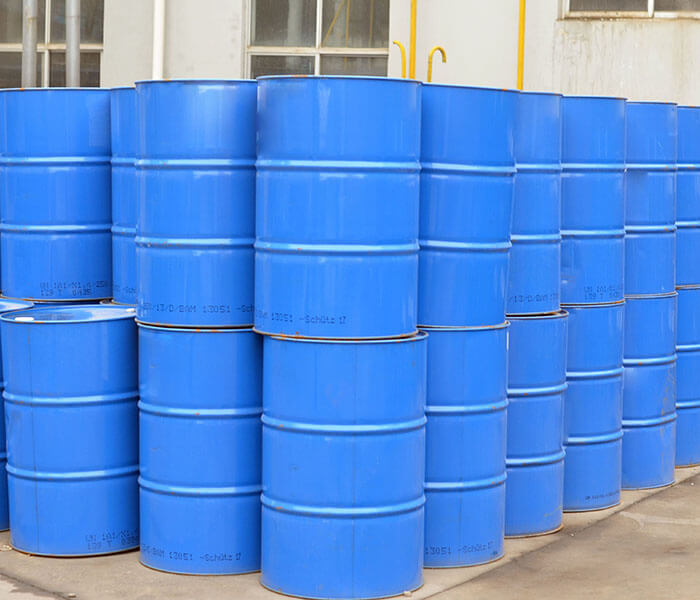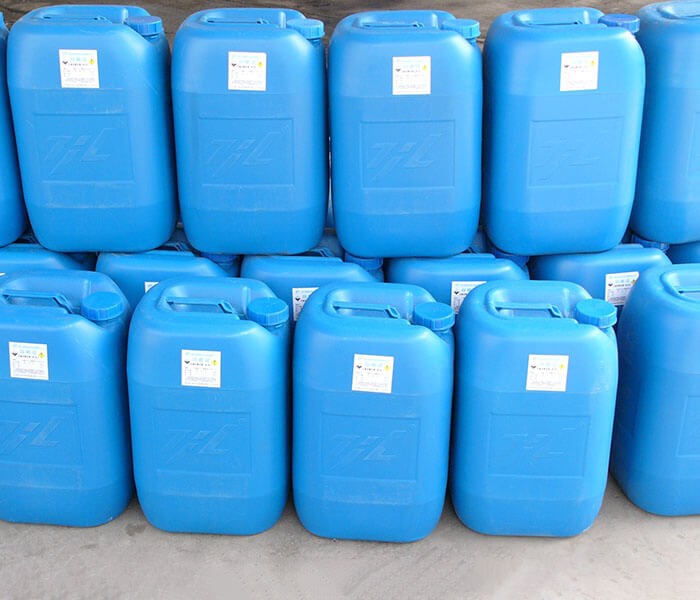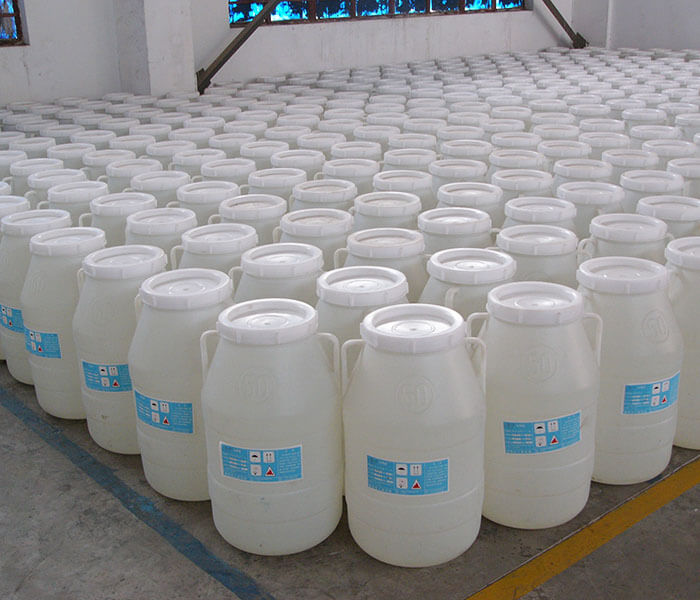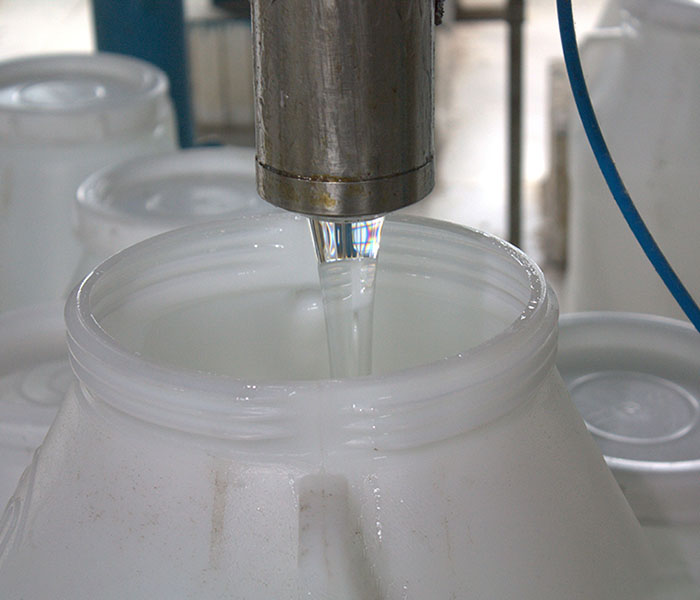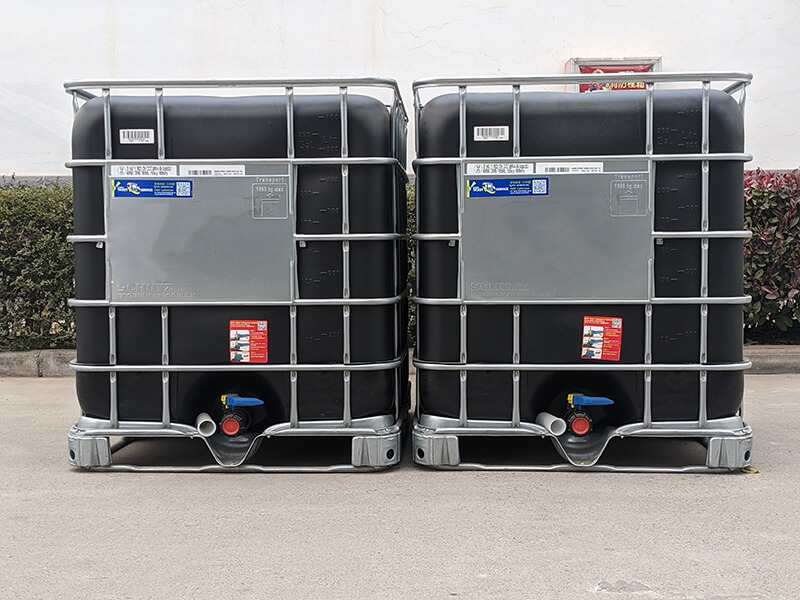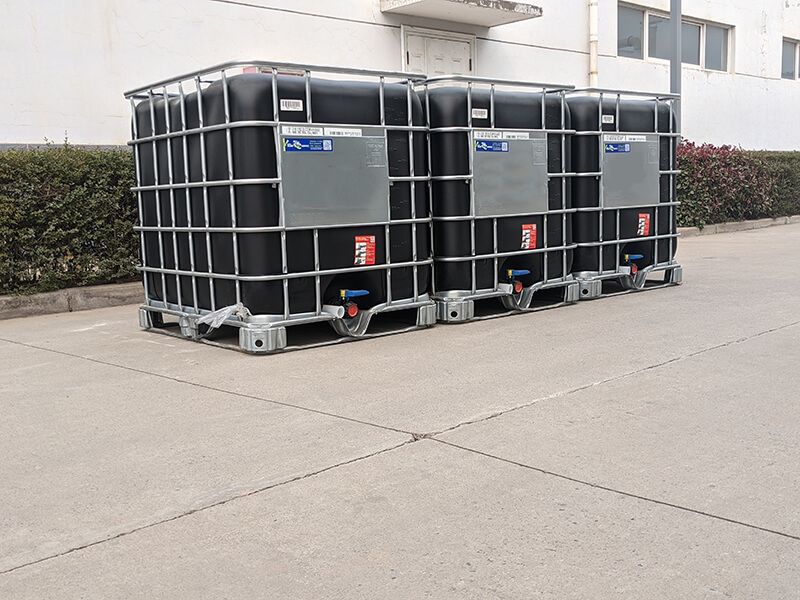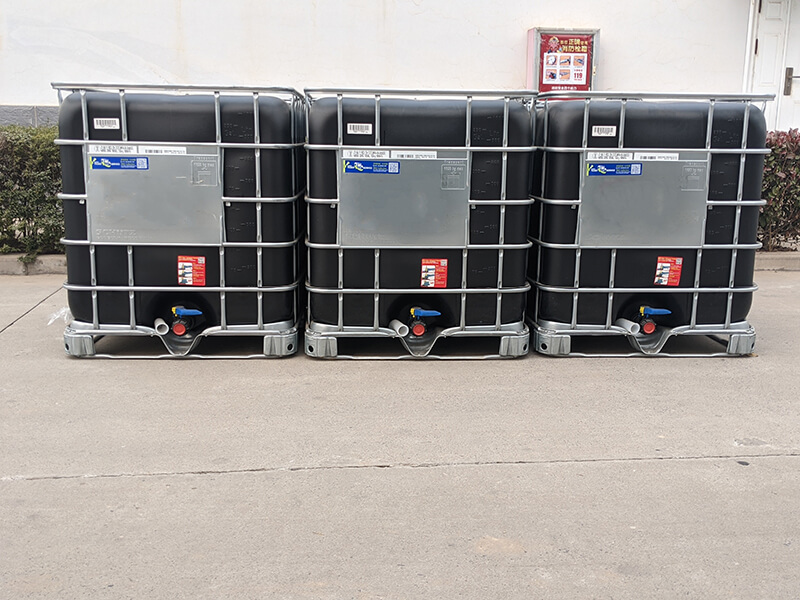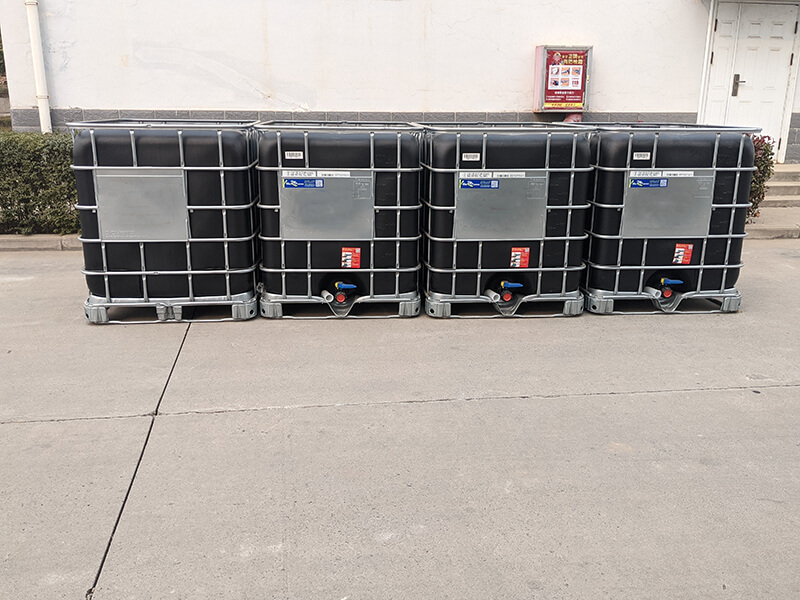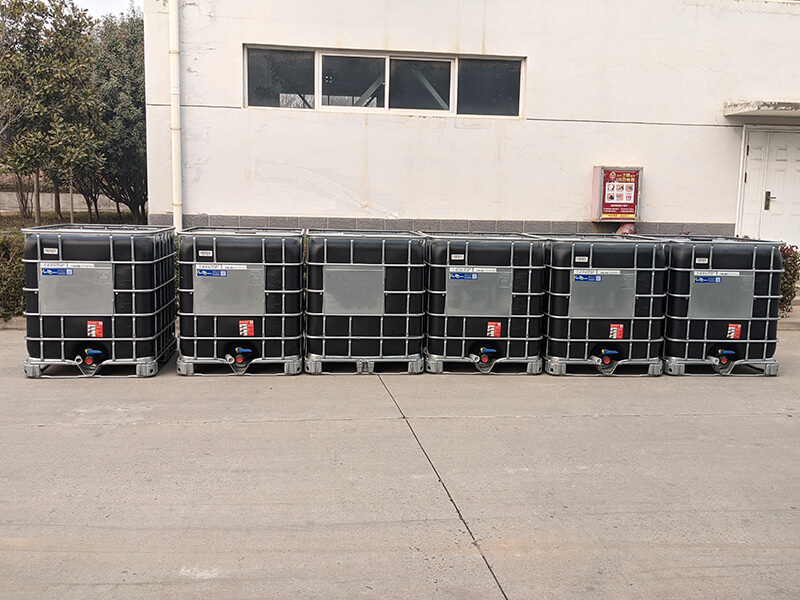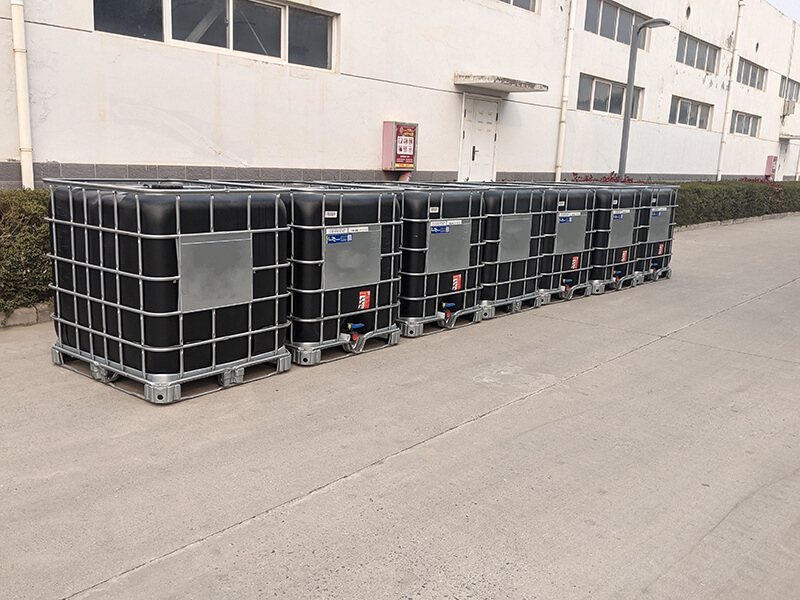- Home
- Products
- Materials
- Polyurethane New Materials
- Special PU Raw Material
- Hydroxyl-terminated Polybutadiene (HTPB)
Advantage:
1, As HTPB is liquid at room temperature, no need to use organic solvent during processing, which can avoid solvent caused dangers like environmental pollution, fire, and explosion and so on.
2, Its liquid characteristic makes HTPB can be applied to casting or injection molding process, and processing is simple, continuous, automation and mechanization. This will save labor and energy to decrease cost.
3, The end hydroxyl of prepolymer can react readily and smoothly with isocyanate at room temperature. Especially with aromatic isocyanate, its reactivity is much higher. Therefore it can be made into room temperature cured coatings and adhesives.
4, The molecular skeleton of HTPB contains no ether or ester bonds. So that it possesses good hydrolytic stability.
5, As HTPB possesses good mechanical properties and its reinforcement and tensile strength can reach 200kg/cm², elongation 560%, glass transition temperature: -70℃, it can be made into cold-resistant rubber products, coatings and adhesives.
6, Like other solid rubbers, HTPB can use reinforcing fillers such as carbon black, zinc oxide, fiberglass, etc.
7, The molecular skeleton of HTPB is similar to general solid rubbers', so that it possesses good electrical insulating performance and can be made into various electrical insulation materials.
Technical Parameter
| Type | Hydroxyl-value (mmol/g) | Peroxide, based on H2O2 (%) | Moisture (%) | Ventilation (%) | 40℃ viscosity (Pa·s) |
| HT-01 | 0.47~0.53 | ≤0.04 | ≤0.05 | ≤0.05 | ≤9.5 |
| HT-02 | 0.54~0.64 | ≤0.04 | ≤0.05 | ≤0.05 | ≤8.5 |
| HT-03 | 0.65~0.70 | ≤0.05 | ≤0.05 | ≤0.65 | ≤4.0 |
| HT-04 | 0.71~0.80 | ≤0.05 | ≤0.05 | ≤0.65 | ≤3.5 |
Packing
 中文
中文 English
English Русский
Русский Español
Español Français
Français Português
Português العربية
العربية Deutsch
Deutsch 한국어
한국어 ภาษาไทย
ภาษาไทย Italiano
Italiano Tiếng Việt
Tiếng Việt Bahasa Indonesia
Bahasa Indonesia Malay
Malay Türkçe
Türkçe